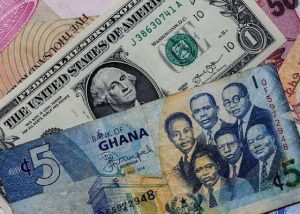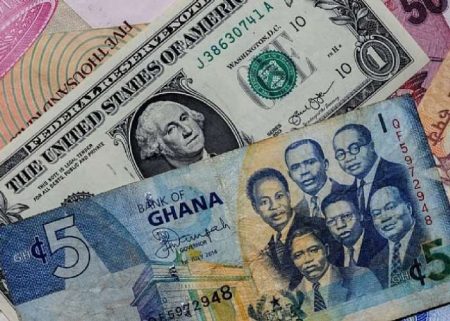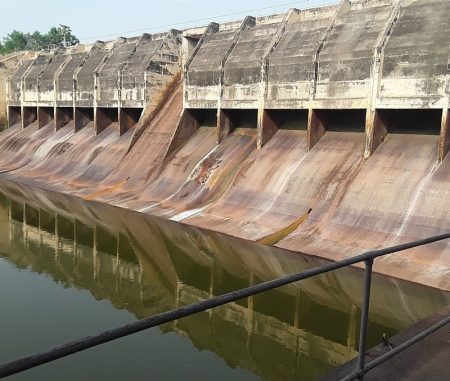The Ghanaian government, under the leadership of President Mahama, is grappling with a significant financial crisis in the energy sector, accumulating debts exceeding $3 billion. This precarious situation has necessitated the implementation of a GH¢1 fuel levy, a decision that has sparked debate and controversy within the nation. Deputy Government spokesperson, Shamima Muslim, has appealed to Ghanaians to support this measure, emphasizing its crucial role in revitalizing the struggling energy sector and preventing its complete collapse. She argues that the levy is essential for acquiring more liquid fuels to power generation plants, ensuring a sustainable power supply for the country.
Muslim further contends that the positive economic indicators, such as the appreciating cedi, decreasing inflation, and falling fuel prices, will mitigate the impact of the levy on consumers. She believes that the strengthening currency will essentially offset the levy, preventing a direct increase in fuel prices at the pump. This argument hinges on the premise that the government can capitalize on the favorable exchange rate to purchase fuel at lower costs, thereby cushioning the potential price hike for consumers. The levy, therefore, is presented as a necessary short-term measure to address the immediate financial needs of the energy sector while minimizing the burden on the public.
The approval of the fuel levy by Parliament, albeit amidst a walkout by the minority NPP, underscores the urgency of the situation. Finance Minister, Dr. Cassiel Ato Forson, highlighted the severity of the energy sector’s debt, stating it stood at US$3.1 billion as of March 2025. He echoed Muslim’s assurances, emphasizing that the levy’s impact on fuel prices would be neutralized by the cedi’s robust performance. This rationale suggests that the government anticipates the positive economic trajectory to absorb the cost of the levy, preventing a direct translation into increased fuel prices.
The rationale behind the fuel levy revolves around the government’s strategy to leverage the appreciating cedi and falling fuel prices to bolster the energy sector’s financial stability. The premise is that the stronger cedi allows for purchasing more fuel at lower dollar prices, thereby mitigating the increased cost due to the levy. This strategy aims to address the immediate financial deficit in the energy sector without imposing an undue burden on consumers, who would otherwise bear the brunt of the increased cost. The argument relies heavily on maintaining the positive economic trends to effectively offset the levy’s impact.
The government’s decision to implement the fuel levy represents a calculated risk, contingent on the continued strength of the cedi and the ongoing decline in global fuel prices. Should these favorable conditions persist, the government anticipates minimizing the levy’s direct impact on consumers. However, any adverse shift in the economic landscape, such as a depreciating cedi or escalating fuel prices, could jeopardize this strategy and ultimately translate into higher fuel costs for the public. The success of this approach hinges on the accuracy of economic projections and the government’s ability to manage the energy sector’s financial recovery effectively.
The introduction of the fuel levy underscores the complex challenges confronting Ghana’s energy sector. The accumulation of substantial debt necessitates immediate action to prevent a complete collapse, but the chosen solution carries inherent risks and relies on sustained positive economic performance. While the government maintains that the levy is crucial for securing a sustainable energy future, the effectiveness and long-term implications of this strategy remain to be seen. The success of the levy hinges on a delicate balance between economic realities and the government’s ability to navigate the complexities of the energy sector’s financial recovery.














